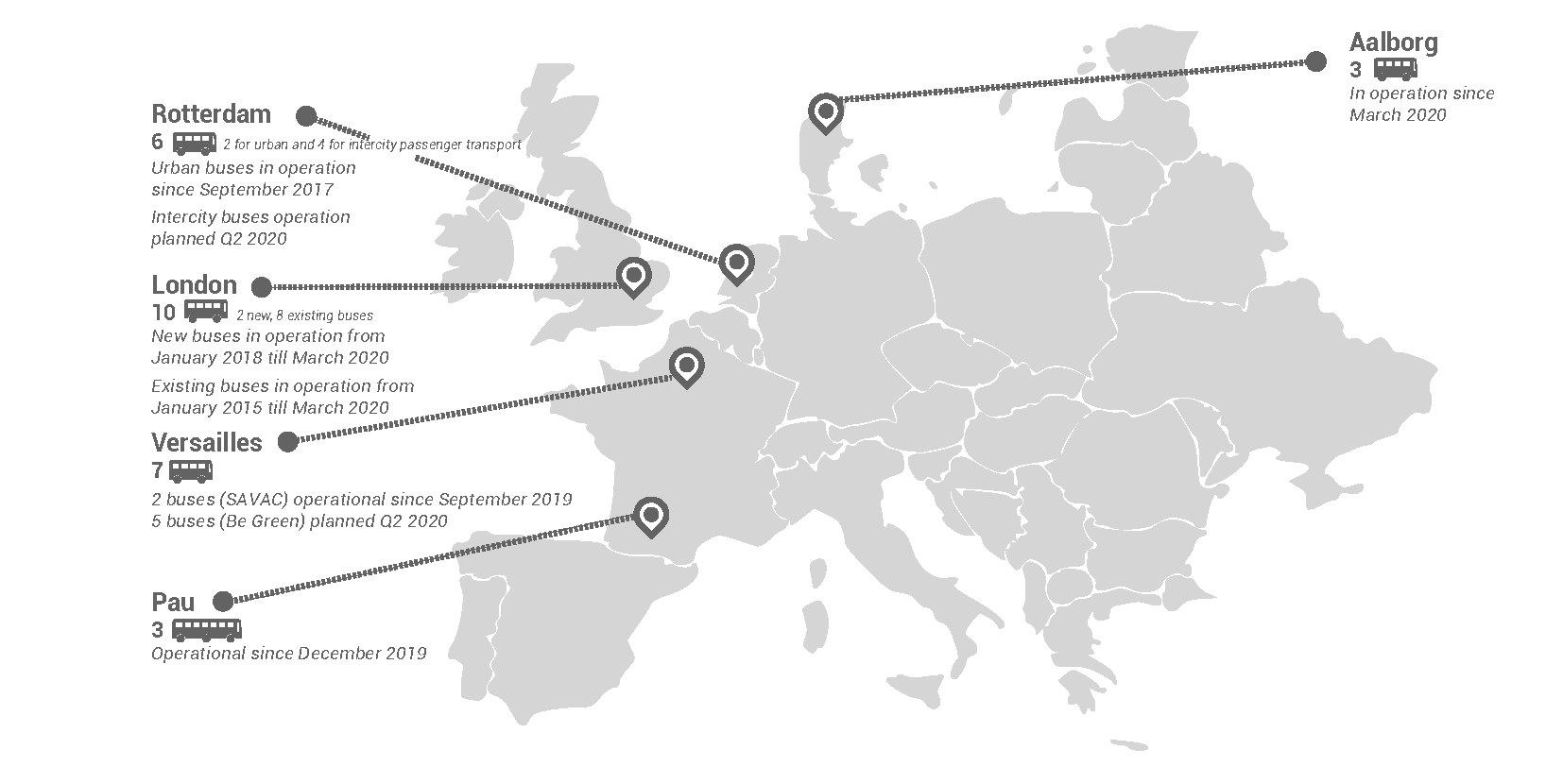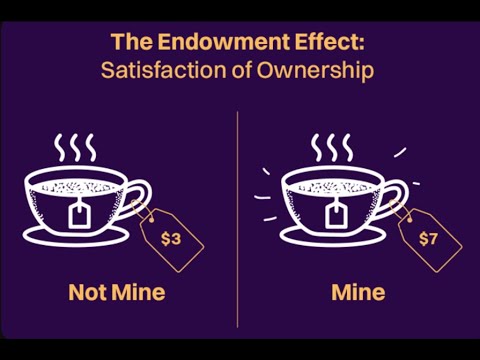Assessing The Viability Of Hydrogen And Battery Buses In Europe

Table of Contents
Hydrogen Buses in Europe: Infrastructure and Technological Challenges
Current Status of Hydrogen Bus Deployment
While still in their early stages of deployment compared to battery electric buses, hydrogen buses are gaining traction in several European countries. Cities like Hamburg, Germany, and Aberdeen, Scotland, have already introduced small fleets, demonstrating the technology's potential. However, the overall number remains relatively low compared to the broader market for zero-emission buses. Precise figures vary depending on the reporting agencies and definitions used, highlighting the need for standardized data collection across Europe.
Infrastructure Development
A major hurdle for widespread hydrogen bus adoption is the lack of a robust refueling infrastructure. Building a network of hydrogen refueling stations requires significant capital investment and faces geographical limitations. Many European regions lack the necessary infrastructure, making large-scale deployment challenging.
- Lack of widespread refueling stations: The scarcity of refueling stations restricts operational range and necessitates strategic route planning.
- High initial investment costs: Establishing hydrogen production and refueling facilities is expensive, hindering rapid expansion.
- Geographical limitations: The infrastructure is often concentrated in specific areas, leaving many regions underserved.
Technological Hurdles and Cost-Effectiveness
The efficiency of hydrogen fuel cells, the production costs of green hydrogen, and the overall lifecycle costs are crucial factors influencing the viability of hydrogen buses.
- Hydrogen production methods (green vs. grey hydrogen): Producing green hydrogen through renewable energy sources is essential to minimize the environmental impact. However, this method is currently more expensive than using fossil fuels (grey hydrogen).
- Fuel cell durability and efficiency: Improving the durability and efficiency of fuel cells is crucial to reduce maintenance costs and extend the operational lifespan of hydrogen buses.
- Maintenance costs: The cost of maintaining hydrogen fuel cell systems remains relatively high compared to battery electric bus maintenance.
Environmental Impact Assessment
While hydrogen buses offer zero tailpipe emissions during operation, a comprehensive lifecycle assessment is necessary to evaluate their environmental impact. This includes considering the emissions associated with hydrogen production, transportation, and the manufacturing of fuel cells. A comparison with the lifecycle emissions of battery electric buses is crucial for a fair assessment.
Battery Electric Buses in Europe: Maturity and Scalability
Market Penetration and Adoption Rates
Battery electric buses have witnessed significantly higher adoption rates compared to hydrogen buses across Europe. Many major cities have already integrated substantial fleets into their public transport systems. Cities like Amsterdam, London, and Paris are leading the charge, showcasing the technology's maturity and scalability. This rapid growth is fueled by readily available charging infrastructure and decreasing battery costs.
Charging Infrastructure and Range Limitations
While the charging infrastructure for electric buses is more established than hydrogen refueling, range anxiety and charging time remain potential limitations.
- Different charging technologies (opportunity charging, depot charging): Opportunity charging, which involves short charging stops during the route, requires strategically placed charging stations. Depot charging, where buses are charged overnight at the depot, is simpler to implement but limits operational flexibility.
- Battery capacity and range: Improvements in battery technology are continually increasing the range of electric buses, reducing range anxiety.
- Charging time: Reducing charging times is crucial for efficient operation, and advancements in fast-charging technologies are addressing this challenge.
Technological Advancements and Battery Life
Continuous advancements in battery technology are improving battery lifespan, charging speed, and overall performance. This leads to lower lifecycle costs and increased operational efficiency.
Cost-Effectiveness and Lifecycle Analysis
The overall lifecycle cost of battery electric buses, including purchase price, maintenance, and energy costs, is currently generally lower than that of hydrogen buses, particularly considering the significant investment required for hydrogen infrastructure.
Comparative Analysis: Hydrogen vs. Battery Electric Buses in Europe
Environmental Performance Comparison
Both technologies offer zero tailpipe emissions, but a full lifecycle assessment reveals differences. Green hydrogen production is crucial for minimizing the environmental footprint of hydrogen buses. Battery electric buses, particularly those powered by electricity from renewable sources, generally have a lower lifecycle carbon footprint at present.
Economic Viability and Subsidies
The economic viability of both technologies is influenced by government incentives and subsidies. Many European countries offer financial support for the procurement and deployment of both hydrogen and battery electric buses, aiming to accelerate the transition to sustainable transport. However, the level of support varies significantly across different regions.
Suitability for Different Urban Environments
The suitability of each technology depends on various factors:
- Dense urban areas vs. suburban routes: Battery electric buses are currently better suited for dense urban areas with readily available charging infrastructure. Hydrogen buses might be more appropriate for longer routes or areas with limited charging infrastructure.
- Topography and climate considerations: Cold climates can impact battery performance, while hilly terrain can reduce the range of both hydrogen and electric buses.
Conclusion: Choosing the Right Path Towards Sustainable Public Transport in Europe
Both hydrogen and battery electric buses represent significant steps towards sustainable public transport in Europe. Currently, battery electric buses demonstrate greater maturity and wider applicability due to existing infrastructure and lower lifecycle costs. However, hydrogen buses offer potential for long-distance routes and applications where charging infrastructure development is challenging. A diversified approach, incorporating both technologies where appropriate, is likely to be the most effective strategy. Policymakers and transport authorities should prioritize investments in both technologies while considering the specific needs and contexts of each city and region. Further research and development are crucial to enhance the performance, reduce the costs, and improve the environmental impact of both hydrogen bus and battery electric bus technologies, ultimately paving the way for a truly green and efficient public transport system across Europe. Investing in sustainable transport is not merely an option; it's a necessity for a cleaner, healthier future.

Featured Posts
-
 Washington Capitals Ovechkin Inspiring The Next Generation Of Russian Hockey Players
May 07, 2025
Washington Capitals Ovechkin Inspiring The Next Generation Of Russian Hockey Players
May 07, 2025 -
 Lotto Plus 1 And Lotto Plus 2 Results Check The Latest Winning Numbers
May 07, 2025
Lotto Plus 1 And Lotto Plus 2 Results Check The Latest Winning Numbers
May 07, 2025 -
 The Impact Of Anthony Edwards Suspension On His Finances
May 07, 2025
The Impact Of Anthony Edwards Suspension On His Finances
May 07, 2025 -
 Jenna Ortega And Melissa Barrera Unpacking Ortegas Scream Exit
May 07, 2025
Jenna Ortega And Melissa Barrera Unpacking Ortegas Scream Exit
May 07, 2025 -
 Exploring The Cultural Riches Of The Karate Kid Part Ii
May 07, 2025
Exploring The Cultural Riches Of The Karate Kid Part Ii
May 07, 2025
Latest Posts
-
 76
May 08, 2025
76
May 08, 2025 -
 The Night Inter Milan Defeated Barcelona In The Champions League Final
May 08, 2025
The Night Inter Milan Defeated Barcelona In The Champions League Final
May 08, 2025 -
 2 0 76
May 08, 2025
2 0 76
May 08, 2025 -
 Champions League Final Inter Milans Triumph Against Barcelona
May 08, 2025
Champions League Final Inter Milans Triumph Against Barcelona
May 08, 2025 -
 76 2 0
May 08, 2025
76 2 0
May 08, 2025
